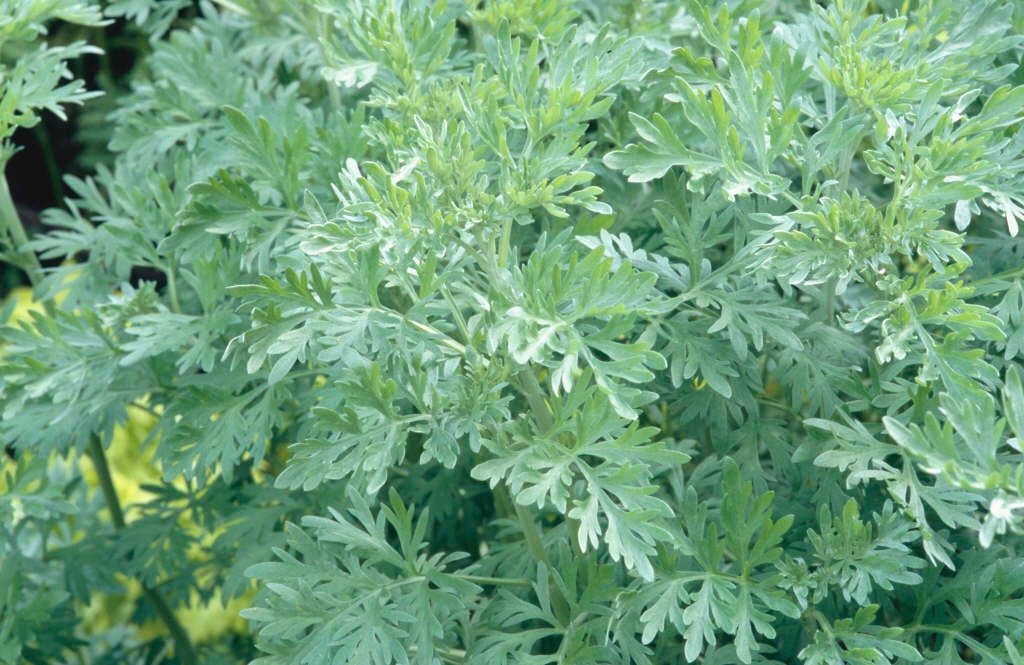Artemisia arborescens
tree wormwood
An upright, woody, evergreen shrub with aromatic silvery leaves, finely divided into narrow segments. Long, one-sided sprays of small, daisy-like yellow flowers appear in late summer

Buy this plant
Size
Ultimate height
0.5–1 metresTime to ultimate height
2–5 yearsUltimate spread
0.5–1 metresGrowing conditions
Moisture
Well–drainedpH
Acid, Alkaline, NeutralColour & scent
| Stem | Flower | Foliage | Fruit | |
| Spring | Grey Silver | |||
|---|---|---|---|---|
| Summer | Yellow | Grey Silver | ||
| Autumn | Grey Silver | |||
| Winter | Grey Silver |
Position
- Full sun
Aspect
South–facing or West–facing
Exposure
Sheltered Hardiness
H4Botanical details
- Family
- Asteraceae
- Native to GB / Ireland
- No
- Foliage
- Evergreen
- Habit
- Bushy
- Genus
Artemisia can be shrubs, perennials or annuals, evergreen or deciduous, with usually grey, aromatic, often divided foliage and rather insignificant flower-heads
- Name status
Correct
- Plant range
- S Europe
How to grow
Cultivation
Grow in fertile well-drained soil in sun. Can die back in heavy, poorly-drained soil
Propagation
Root softwood stem-tip cuttings or heel cuttings of side-shoots in spring or early summer. Propagate by seed sown in containers in spring or autumn in a cold frame. Take cuttings regularly as plant may not survive harsh winters
Suggested planting locations and garden types
- City and courtyard gardens
- Coastal
- Gravel garden
- Cottage and informal garden
- Flower borders and beds
Pruning
Pruning Group 7 Cut back to the lowest, new shoots near the base in mid to late spring
Pests
Generally pest-free
Diseases
May be susceptible to honey fungus
Love gardening
Sign up to receive regular gardening tips, inspiration, offers and more
View our Privacy Policy
Get involved
The Royal Horticultural Society is the UK’s leading gardening charity. We aim to enrich everyone’s life through plants, and make the UK a greener and more beautiful place.